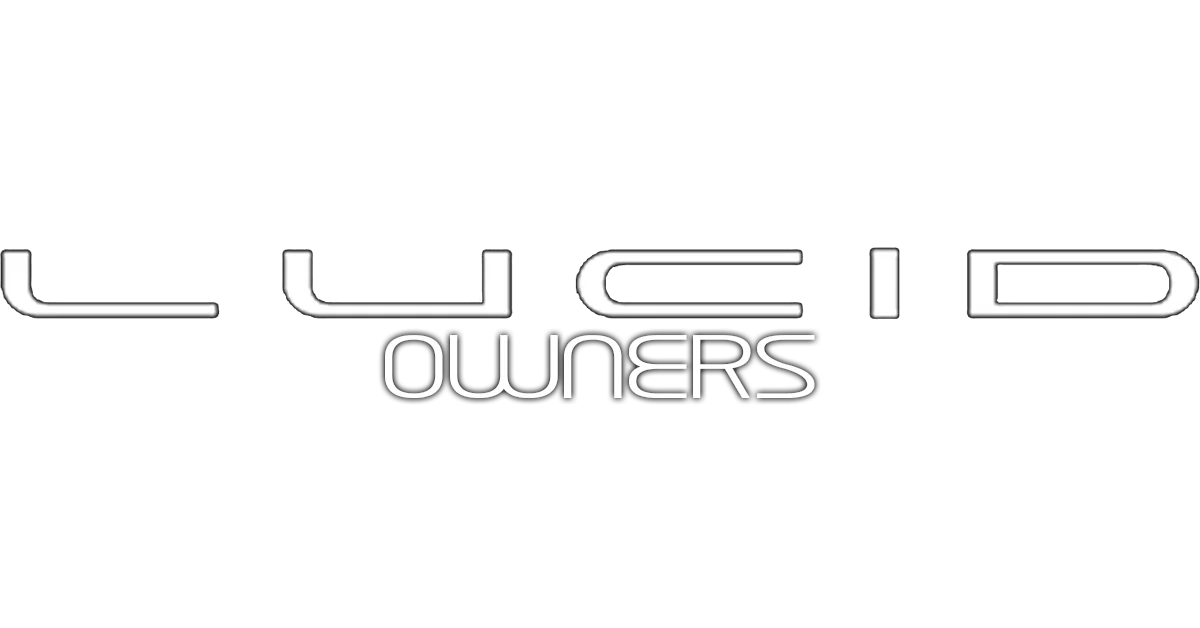- Joined
- Jan 4, 2022
- Messages
- 4,244
- Reaction score
- 6,720
- Location
- Santa Clarita, CA
- Cars
- 2026 Gravity Dream
- Gravity DE Number
- 68
- Referral Code
- AWNJLGKT
EA, EVGo, ChargePoint, and others had ample time to prevent Tesla from becoming a monopoly, but they abysmally failed. If they had actually deployed reliable CCS networks, Tesla would have undoubtedly been compelled to switch to CCS rather than everyone else having to switch to NACS.I’m not at all confused. I don’t like monopolies and wish a strong group of other automakers would have fielded a serious competitor to Tesla’s near monopoly on a vital piece of infrastructure.
Tesla is currently deploying 20, 50, and 100 chargers at its sites, while the other companies still believe 6 to 8 chargers are sufficient. EA demonstrates that no traditional automaker has any place deploying mass-scale infrastructure.
